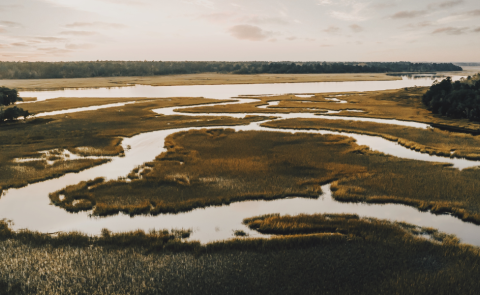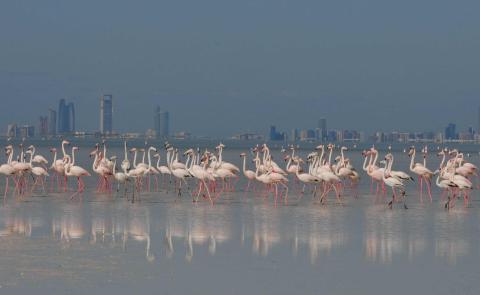Highlights

News
24 June 2025
Convention on Wetlands and ESA partner to advance Earth observation for wetland conservation

Feature
18 June 2025
The Nagao Wetland Fund: Supporting local action for wetland conservation in Asia and Oceania

Webpage
14 February 2025
15th meeting of the Conference of the Contracting Parties
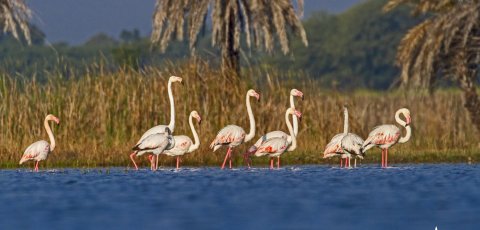
News
5 June 2025
India names two Wetlands of International Importance for World Environment Day
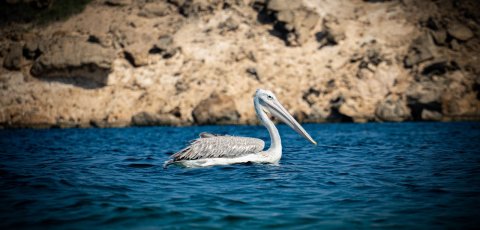
News
8 May 2025
The Kingdom of Saudi Arabia accedes to global wetlands treaty as 173rd Contracting Party
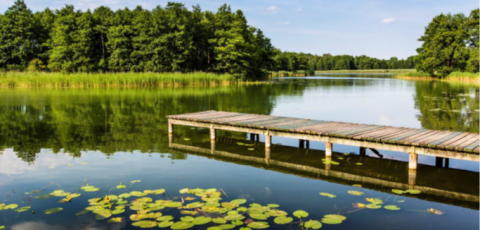
News
6 May 2025
Poland’s commitment to wetland conservation: a holistic approach for a sustainable future
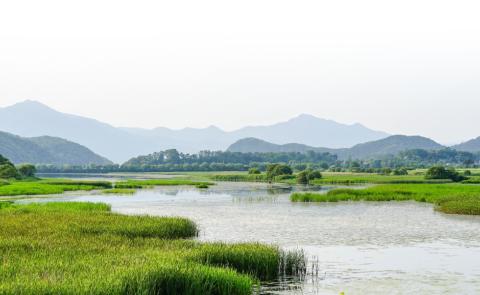
The Convention on Wetlands is the intergovernmental treaty that provides the framework for the conservation and wise use of wetlands and their resources.
The Convention was adopted in the Iranian city of Ramsar in 1971 and came into force in 1975. Since then, almost 90% of UN member states, from all the world’s geographic regions, have acceded to become “Contracting Parties”.
Number of contracting parties:
172
Number of wetlands:
2.538
Total surface of designated sites:
257.978.973
ha
